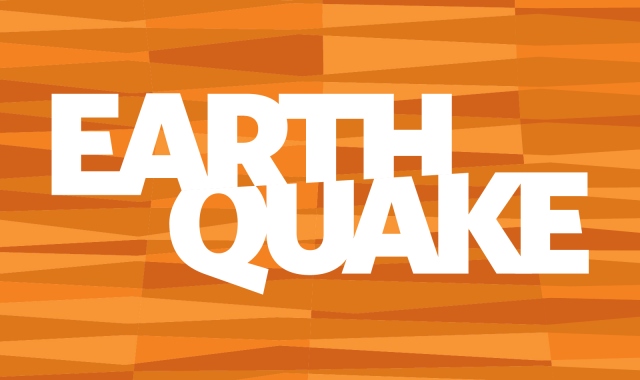Geological processes shape life on Earth. They affect its surface, the evolution and distribution of our planet's species, and impact people’s lives.
Within the past century, scientists have gained significant knowledge about these processes and why earthquakes occur. They've learned that Earth’s surface, made up of plates, is constantly moving and that forces between these plates cause earthquakes, which produce energy released as seismic waves. They've also studied how this energy release affects our environment.
Earthquakes are part of the larger story of plate tectonics. The constant movement of Earth's plates builds mountains, moves continents, and creates the landscape in which life evolves or goes extinct.
By studying these processes, scientists can predict where earthquakes will occur, but not when. Even if we don't know when earthquakes are coming, we can do our best to prepare for them. Knowing what to expect from and how to respond to an earthquake can mitigate its impact and save lives.
The California Academy of Sciences (CAS) and KQED partnered to bring you this rich collection of resources about earthquakes. This material is also available as a free iBooks Textbook in Apple’s iBookstore and as a course of iTunes U. The media collection includes the following information about earthquakes:
What is an Earthquake?
- From Core to Crust: Defining Earth’s Layers [CAS]
- Inside the Earth: Exploring Earth’s Layers [CAS]
- Plate Tectonics: Shaping the Continents [CAS]
- Evidence of Plate Tectonics [CAS]
- Plate Tectonics and Ancient Civilizations [CAS]
- Plate Boundaries: Divergent, Convergent, and Transform [CAS]
- Faults: Where Earthquakes Occur [CAS]
Measuring Earthquakes
- What Are Seismic Waves?
- How to Find the Epicenter of an Earthquake
- Measuring Earthquakes: Intensity and Magnitude
- Building for Earthquakes
